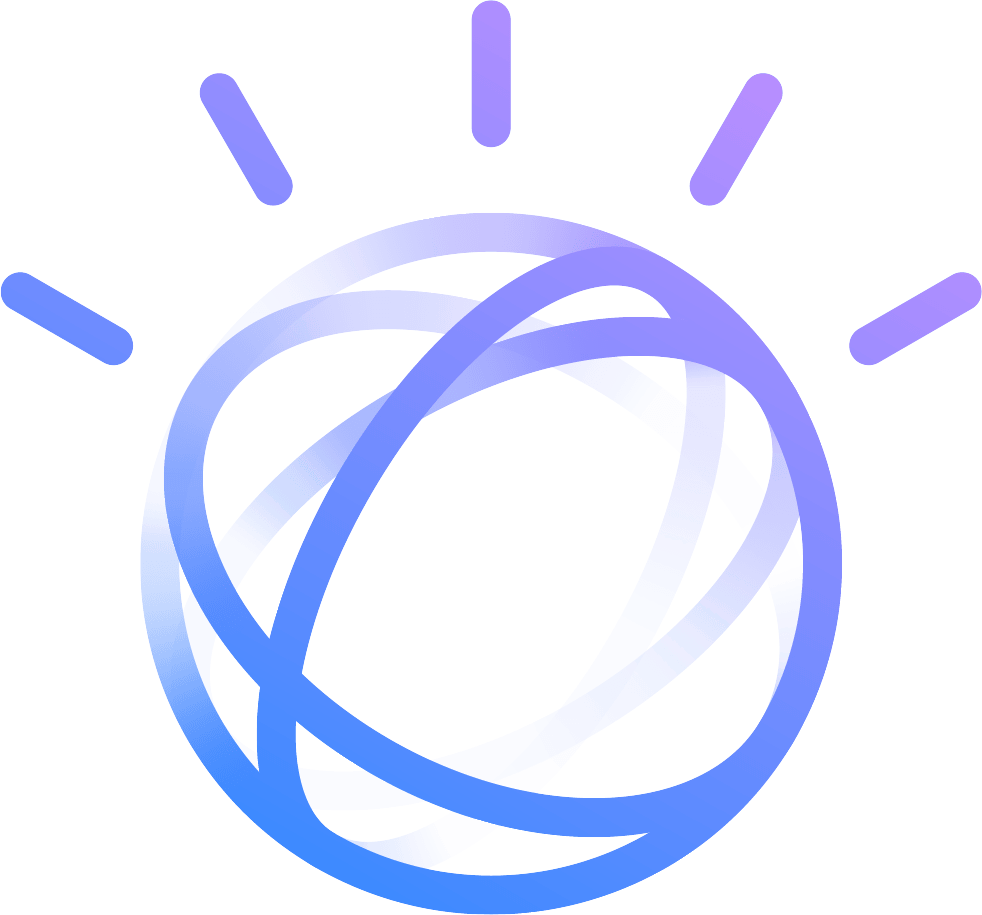Remote Physiologic Monitoring devices provide care teams with both longitudinal and acute data to facilitate intervention at critical points, which leads to the RPM industry’s core metrics of avoidance of hospitalizations or readmissions after an acute episode. These are huge cost drivers, but are those really the targets we should be shooting for? I don’t think so, but existing RPM solutions are not built to deliver more. Ultimately, remote care solutions, including RPM, should first seek to change behavior and lower risk, then seek to intervene in acute episodes as needed. We need to rethink RPM.
RPM should be a component of a larger Remote Care Platform, RCP. Here are our core truths related to this topic.
- Remote monitoring should primarily be embedded in a larger remote care technology platform and strategy. Remote care focuses on patient generated data beyond just device data including diet, exercise/activity, mood, sleep, medication and care plan adherence, etc. The individual’s weight, blood pressure, blood glucose, oxygen saturation, and/or lung function data from the RPM device is then contextualized to the modifiable risk factor data supporting patient behavior change and opening the door for clinicians to get at root cause behaviors. With remote care, behavior change is a critical factor.
- Remote care platforms should drive/facilitate efficient and effective interaction between the care team and the patient. RPM solutions today are almost exclusively unidirectional. Data flows from the device to the care team and to coding for billing purposes. Interaction happens through other disconnected channels and is based solely on the existence of device readings. An out-of-range reading will trigger an alert-based interaction, but there is no context to the reading and the interaction is by its nature reactive. Remote care includes integrated communication channels. Platforms should facilitate proactive interaction efficiently and effectively, not just for the purpose of time tracking and CPT code submission.
- Remote care platforms should incorporate health disparity information, personal barriers, and individual motivations in a goal-based structure. Just knowing and establishing device reading parameters is insufficient. Remote care and monitoring platforms should capture personal patient environmental and motivational variables and facilitate goal setting between the two parties. Then they should bring this critical data (outside of just device readings) directly into the care team workflow.
- Finally, based on these, we should be measuring patient health outcomes tied to healthy behaviors, the reduction of risk and chronicity, health goal attainment, as well as device reading parameters. Yes, today we can avoid hospitalizations and readmissions by over 60%, which is a great start, but also not enough. We need to focus on how we are changing the health trajectory of patients.
Andrew Richburg-CEO

